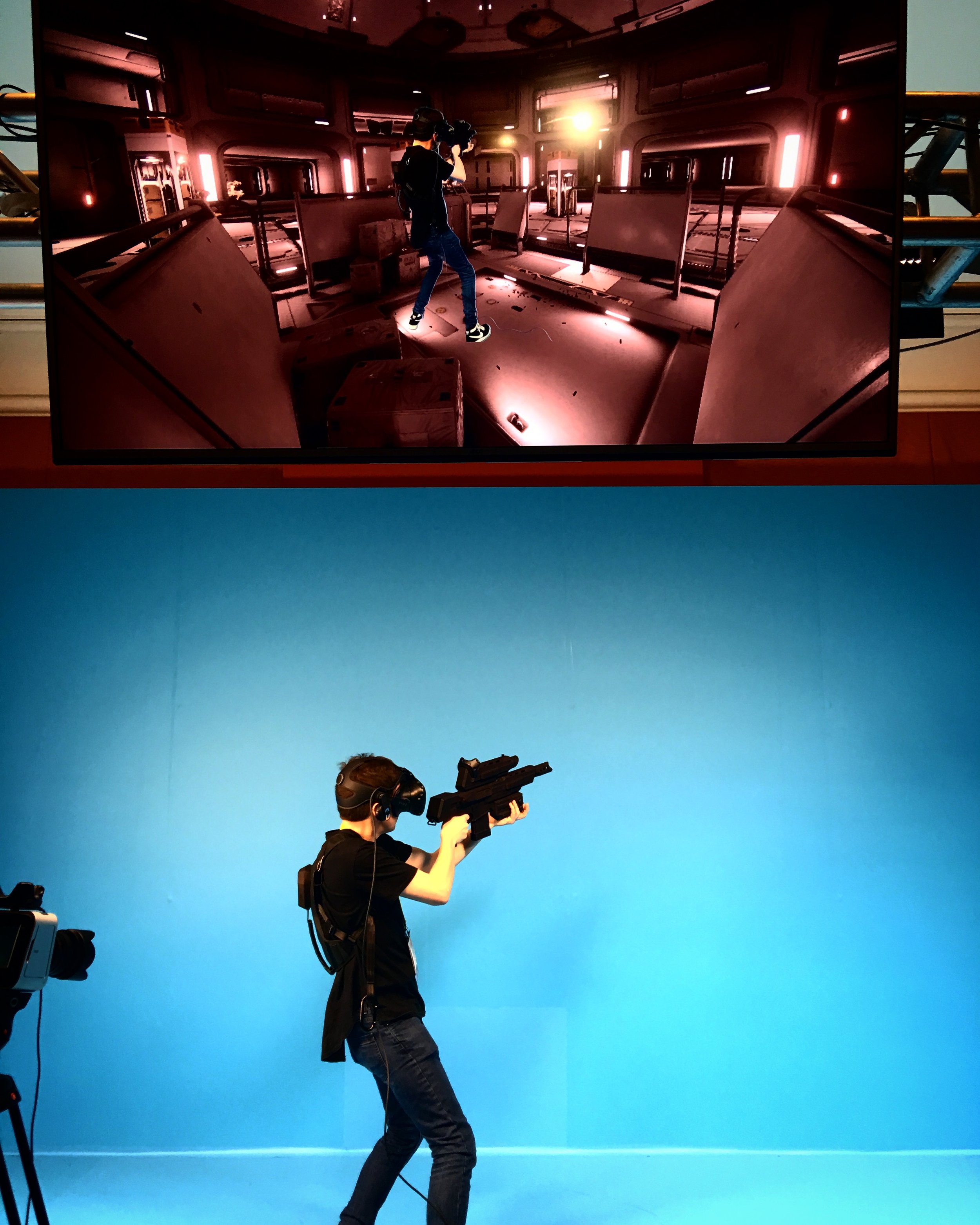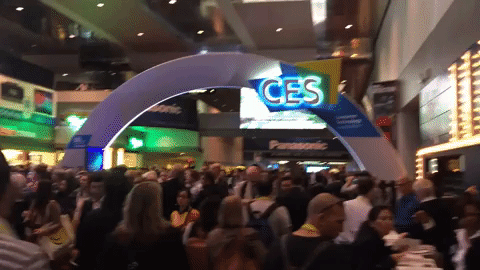What Is The Future Of Consumer Technology? 5 Key Trends To Watch At CES 2018
Technology is key to the future human lifestyle, and there’s no better place to get a sneak peek of this future than CES. Here are 5 key trends to watch at the upcoming CES 2018.
For over fifty years, this show has precisely predicted and established the key trends for technology. 2018 is no different, as CTA Senior Director of Market research, Steve Koenig presented the findings of what has been months of market research.
So what does the future of consumer technology look like? The predictions are an evolution of last year’s trends, with some surprising innovations becoming possible through the interplay of these trends.
Luckily, I got the opportunity to find out at a super tasty (and super posh) press lunch at Soho, London's Groucho Club. For all my foodies out there, you can see the menu over to the left. I would have taken pictures of my food, but nobody else was and nerves got the best of me!
Quick side note: it’s amazing to find out there will be more of a UK presence at CES 2018. No matter what the tea drinking, soccer-supporting stereotypes are of my people, we are a lovely bunch of innovators that did not get the deserved representation.
So to see that techUK with the support of UK Government is running a UK pavilion in the start-up area known as Eureka Park (one of my favourite places at CES) is a welcome sigh of things to come.
I feel the need. The need for 5G data speeds
First off, expect the groundwork to be laid for a faster type of data connection. While your current 4G speeds could hit 100mb/s, 5G has the capability of destroying that at 10gb/s (download a HD 2-hour movie in under four seconds).
But this won’t be beneficial just for downloading your binge-watching content at ridiculous speeds, a transfer rate that high will make many more tech pipe dreams a reality, such as a a sufficient infrastructure for self-driving cars and smart cities (I’ll get into that further down).
While it’s fair to say you shouldn’t expect EE to introduce a 5G contract next year (smartphones don’t even support it yet), look forward to chipset announcements and infrastructure details showing how this will become very real over the next five years.
Now I know your outcry to this: “5G!? I can’t even get a decent 4G connection at the moment!” I feel your pain, dear reader, the frustratingly choppy connection across the UK is one that many companies talk about fixing, but never really get around to resolving.
AI gets a smarter voice
Think of the vast array of smart assistants, who have the capability of completing simple tasks by listening to trigger words, or interpreting your words with limited success due to that heavy Nottingham accent you have (yes, me and Siri have problems).
But with the aforementioned 5G technology enabling faster data transfers and the ever-improving AI space, the CTA are predicting common voice assistants to get ever closer to passing the Turing test and passing for legitimate human beings through contextual conversations, self-aware assistance and the expansion of robotics in this area.
Intel have already kicked things off with the introduction of their Nervana chipset, focussed on artificial intelligence computation. Work is already being done in this area (I met Olly, one such example last year), but it's still very much in its infancy.
New Digital Interfaces
This is a rather general-sounding key trend, but allow me to explain. The iPhone is a good example of demonstrating this, as Touch ID is becoming a widely known standard of fingerprint recognition and security interface.
However, Apple are working against this too by introducing Face ID in the iPhone X - providing what they are claiming to be a new level of security (but a far more awkward UI in my opinion).
These new digital interfaces are popping up all over the shop, from saved car settings for every driver automatically engaging through facial recognition, to the far simpler fingerprint padlock (great for the gym).
Realism gets redefined by VR & AR
Me, unleashing my inner nerd on the VR shooting demo at CES 2017.
For 2017, Shawn made the prediction that the future of these two growing industries would be both Virtual & Augmented reality working hand in hand, to provide a mixed reality interface - augmenting the world around you and virtually enhancing it too.
In 2018, however, these two technologies are being separated once again, as has been made clear that the bigger titans in this industry are betting on either reality type individually (Apple with AR Kit and Facebook’s investment in Oculus). I even found this to be the case earlier this year at CES 2017, testing out new HTC Vive hardware and being told about the team's vested interest in VR as its own platform.
Hollywood seems keen to add a dash of Virtual Reality to their level of creative storytelling, with one executive loving the format for giving you a sense of “presence” within each and every scene. The aforementioned Oculus has introduced their latest headset at a far more accessible price, so the trend seems to be leaning towards putting this tech in the hands of everyone.
As for Augmented Reality, we already have smartphones in our pockets that are capable of augmenting the world around us and provide greater information about our surroundings. Blend that with a 5G connection and you have something far more important than an educational app that shows you where the stars are in the sky.
Your City, But Smarter
And that far more important tool becomes a key to the smart city around you. Putting all of the above technologies together and you could vastly improve where you live.
Urban centres could be managed better with constant AI control, public safety could be further optimised at the same time, information about your surroundings could be delivered quicker (to make far more timely decisions about your commute for example), and pollution could be reduced with smarter environment management.
Of course, these movements into smart city territory come with their own risks of privacy invasion (you’ve all read 1984 I assume), but the same as any data privacy issue, it’s far outweighed by the benefit to humans.
But my problem comes with compatibility. My Gran (a favourite human of mine) struggles to operate a toaster, never mind a smartphone or connected device. Her life still revolves around videotapes of her favourite soaps in leather-bound cases. If a city is upgraded to a smart city, what happens to her enjoyment of it? How is the infrastructure going to remain open and welcome to the elderly and less technologically inclined? These are all questions I will pose to Steve soon in an exclusive interview…
So what does this all mean?
When you put a selection of key technology trends in front of people, I can understand why they will split the public equally between feelings of excitement and disappointment. While some points may sound excitingly innovative, others kind of confirm the obvious. But you shouldn’t think either of these.
Instead, the better answer is to see this is an industry that isn’t driven by heart-pumping levels of innovation. Put simply, companies are recognised more for the small evolutions and the decisions made to drive the conversation in consumer tech.
This is the CTA laying out their roadmap for 2018 in technology, which will help fuel the industry’s intent to shape the future. One thing’s for sure - we’re in for an interesting year.






